COVID-19 & Livestock: Key Takeaways for Veterinary Products Distributors
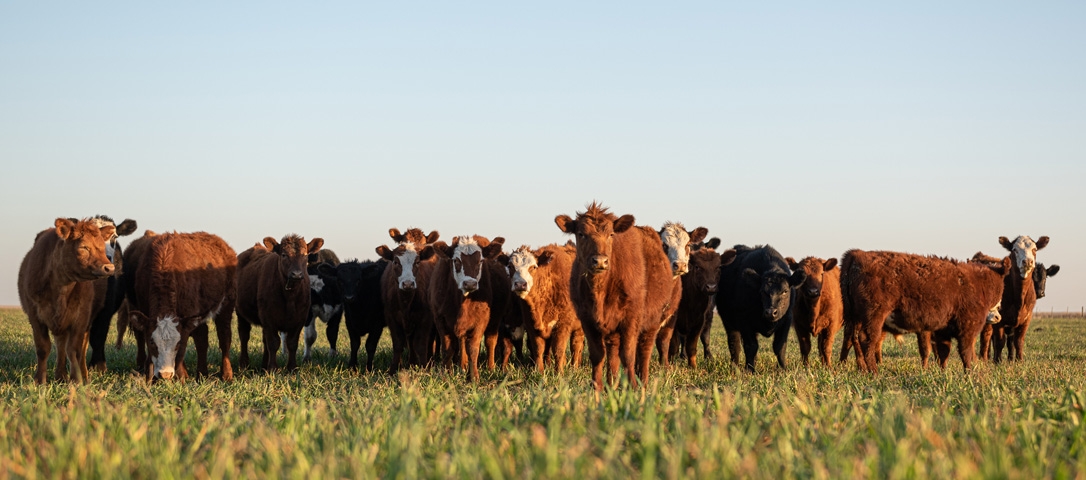
Contents Overview
Before farmers, veterinary workers, as well as animal medicine distributors and manufacturers found themselves in the midst of a pandemic crisis, the sector was reporting steady growth. With compounded growth of over $45 billion from 2020 to 2027, statistics have estimated the veterinary medicine market to reach $119 billion USD by 2027. Even though global impacts of the coronavirus are undeniably being felt and will have an effect on the veterinary and livestock industry, the crisis has made clear that growth in the animal healthcare industry will continue.
Proper care to livestock is essential, especially in the time of a spreading virus, if we are to reduce the risk of further infections, and ensure supply chains of both local producers and global conglomerates. Additionally, it is important to enable veterinary workers access to essential equipment and medicine to not only fight normally occurring infections in animals, but also prevent other infectious animal diseases whose control may have been severely neglected due to uncontrollable consequences of Covid-19, resulting in a negative domino effect on the overall industry. Thus, for the veterinary professional, medical wear in short supply can be a challenge to procure and medicines otherwise commonly available also become more difficult to obtain. Supplies to veterinary clinics across the globe have reported more shortages than hospitals. In many countries, veterinarians have been requested, or even required to donate their equipment, such as disinfectants and PPE to healthcare providers.
Statistics have estimated the veterinary medicine market to reach $119 billion USD by 2027
Meanwhile, the industry has also been focusing on the availability of medicine products. This has not been an easy task, since not every custom control authority considers livestock or pet medicine as essential, blocking deliveries in the supply chain. The companion animal specialty drugs market, for example, remains one of the critical areas of concern during this global health crisis. Finally, the pandemic will mix up the power dynamic between different market segments itself, as the demand for some segments of veterinary medicine can be expected to grow, while others could mark a small-scale decrease.
All of this clearly shows that, in the time of such a crisis, distributors of animal healthcare products need to be agile, flexible and equipped with the knowledge of key industry changes, if they are to take on challenges smartly and successfully. To be able to structure a practical contingency plan for months to come, there are three trends a distributor should focus on. By describing the impact of Covid-19 on animal disease prevention and control, the trends can provide key takeaways a veterinary medicine distributor should take into consideration to position and grow their business during and after the crisis.
Key Trend #1
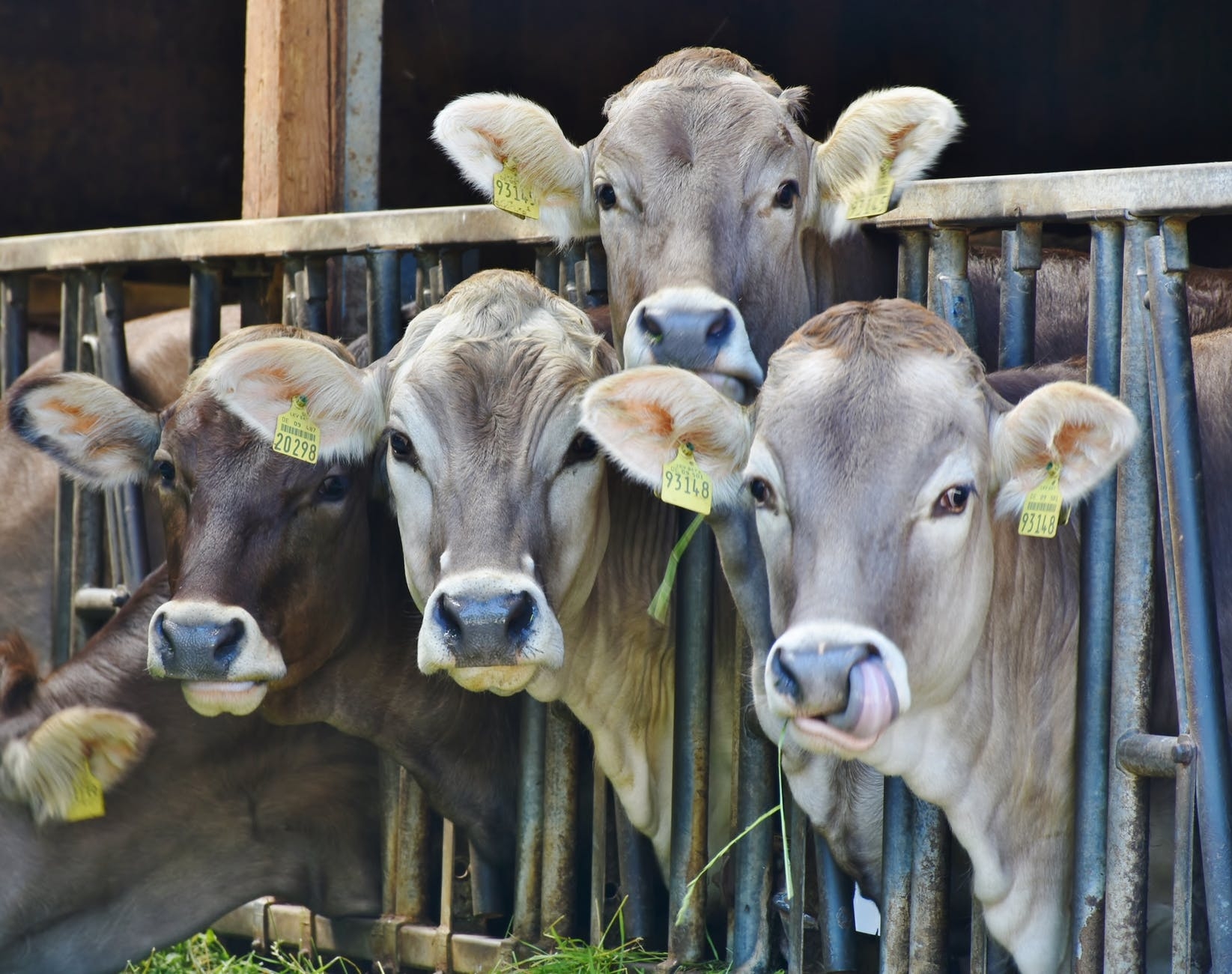
Animal Health is Becoming A Big Priority Worldwide Leading to Niche Growth
The fact remains that our food stocks rely heavily on animal sources, like proteins. Moreover, we count on livestock for our everyday dairy supplies. From milk to eggs, our supermarkets would surely look different if a big pandemic across the animal kingdom would hit. Even in South Asia, there has been a slow, but steady growth of animal product consumption recently. In China, for example, the consumption increased for poultry products, such as meat and eggs. As a consequence, on a global level, the demand for meat has more than quadrupled in the past 50 years, and the 320 million tons of meat are now produced worldwide each year. Consequently, due to the mounting risk of transferring animal diseases to humans, the need for animal healthcare products has also surged at the global level.
During the Covid-19 pandemic, the demand for basic food essentials such as animal protein has grown even more, especially on the local level. One reason for this can be found in surging demand that happened because many people have been stockpiling food supplies in the fear of the lockdowns. The other is the fact families are now left with fewer options for protein, iron and other key nutrients as supply chains of other foods are facing major disruptions. Healthy livestock is, thus, now needed more than ever to provide safe, plentiful food. And as an outbreak of animal disease could further threaten the supply chain, it is important to realize that veterinary healthcare product distributors are responsible to enable access to routine vaccinations and essential medicine to their clients, who are dealing with livestock, and need to meet food safety standards.
Distributor’s Takeaway Tip: Veterinary and animal health industry develops and manufactures much needed animal health products, like drugs, vaccines, hygiene products, diagnostics, and support tools for livestock animals. Because of this it plays an integral role in maintaining the health, safety, security and sustainability of food supply worldwide and on the local level. As the animal populations in the livestock industry rise, the demand to take care of their health will rise too, and the pandemic will not slow down the demand growth. In fact, it can even increase it. To contribute to public health in an essential way, a pharmaceutical distributor should therefore also focus on providing essential medicine for animals to its selected markets.
320 million tons of meat are now produced worldwide each year
Key Trend #2
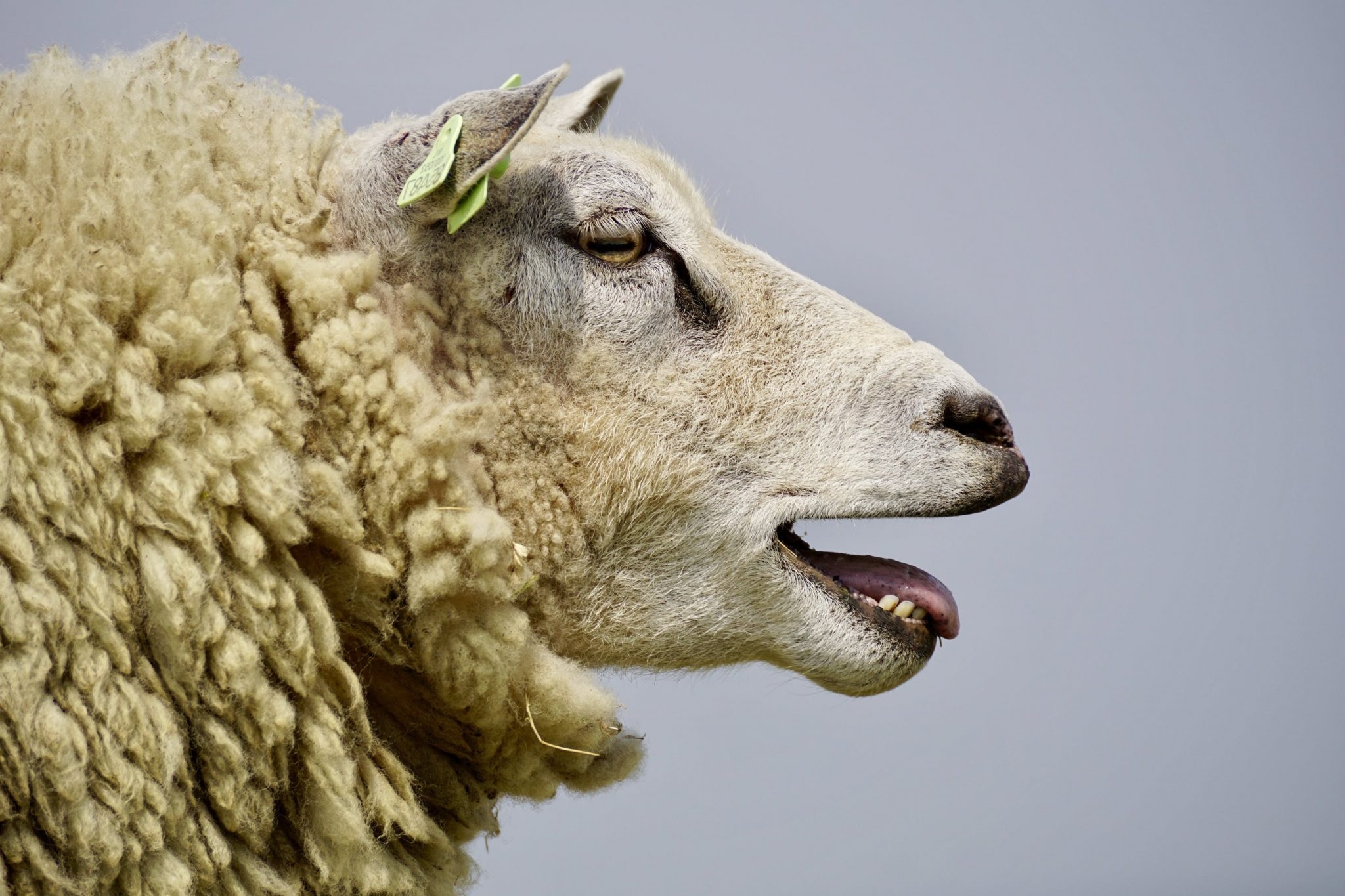
Feed Additives Market Expects the Highest Rise in Demand
We can divide the animal drugs market into two segments, prescription and non-prescription. Each country has different requirements for which products a registration is needed and for which not. In some cases products must be registered with the local FDA/MOH, while in others with the Agricultural authority or agency.
But while dynamics vary slightly, in most cases there are products that are more regulated and others that are less regulated, depending on the specifics of the rules in each market. The prescription market consists mostly of vaccines, pharmaceutical injections and oral solids. On the other side, non-prescription often comprises feed additives, premixes, soluble powders, oral solutions, and nutrition or supplement products. In 2019, the larger share went to the prescription segment. However, by 2021 the non-prescription segment is estimated to register a higher CAGR. Still the overall industry is estimated to grow substantially, especially due to increase in demand for feed additives.
Even though the coronavirus crisis is happening, there is still an increased awareness about livestock nutrition, leading a way to the rise in the consumption of meat and other livestock-based products. Because of the challenges the new virus brought to the supply chain and production facilities, feed manufacturers and producers are becoming more aware of techniques and strategies to cope up with the situation. This, in turn, is projected to lead to an increase in demand. Post Covid-19, the global feed market size is estimated to grow from $282.8 billion in 2020, reaching $325.7 billion by 2025, while recording a CAGR of 2.9%.
Post COVID-19, the global feed market size is estimated to grow from $282.8 billion in 2020, reaching $325.7 billion by 2025
This being said, the highest CAGR between 2020 and 2025 is projected to go to phytogenic as feed additives. This will likely happen due to prohibited use of antibiotics in feed, stringent regulations on synthetics feed additives declared by the EU, and the growth of phytogenic use in livestock feed with a goal to enhance feed palatability and livestock performance. Geography-wise, Asia Pacific market or APAC will likely grow the most. As the largest and fastest-growing market for feed additives, the region has a large consumer and producer base. Moreover, the raw ingredients are readily available there, which has encouraged the development of new products as well. Meanwhile, the animal feed industry should still brace for higher commodity costs due to disruptions in the supply chain, resulting in limited availability and delayed deliveries.
Distributor’s Takeaway Tip: Research animal feed additive products and include them in your product range if you haven’t already, as demand will grow steadily. For starters you can check out AdvaCare Pharma Soluble Powders, Injections, Tablets and Oral Solutions. Finally, for distributors working on emerging markets, it will be beneficial to also learn about trends in the veterinary healthcare industry before Covid-19, by reading our previously published article here.
Key Trend #3
As Frontline Workers, Veterinarians Need Distributors Support
It is important that all key players across the animal medicines industry work together to guarantee veterinary workers have all the supplies at their disposal. Even more, it is important to also provide essential medicine to farmers during the corona virus crisis.
Only then, proper care will be provided to animals, and further disease spread will be contained. Governments and society overall needs to realize that vets are essentially the Covid-19 frontline workers too. Even though there is no evidence the virus can pass on from animals to humans, they need significant support through a steady essential medicine supply chain. Even more, they need to be able to stock up on PPE essentials, if they are to protect themselves and others from any cross-contamination and do their work properly.
Luckily, governments around the world have already started to raise concerns associated with livestock’s health. Many started with putting veterinary meds on the lists of essential goods to ensure smoother and easier distribution across borders even when export/import restrictions are in place. With this, tools for safe and healthy livestock production are being provided to the animal healthcare professionals. On another side, being able to ensure pet health, veterinarians can now help older, vulnerable populations to keep their companionship animals well taken care of, which is especially important in the times when long periods of self-isolation are required in many places.
Distributor’s Takeaway Tip: Even if difficult, it is of utmost importance to still ensure veterinary medicines are reaching veterinarians, farmers and pet owners during the crisis. And even if more efforts have to ensure sufficient supply, rewards will be worth it. Not only monetary, since demand is high, but also humanitarian as animal healthcare professionals have been overlooked as essential workers of the crisis for too long. Look not only at animal medicine and medical devices, but also keep in mind veterinary professionals need PPE equipment as much as other medicine professionals do. There should not be major custom restrictions for your imports, however, it is still smart to check current rules and regulations before shipping takes place from your supplier.
Don't want to miss the next AdvaCare article?

Recommended Content
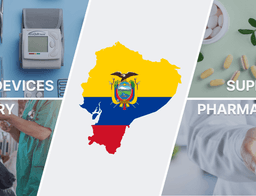
Ecuador: Importing Medicines with an International Pharmaceutical Manufacturer

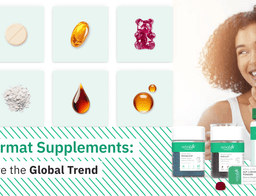
How Distributors Can Win With Multi-Format Supplement Portfolios Aligned to Global Trends


Why Distributors Can’t Afford to Miss the Collagen & Beauty Supplements Boom in 2026
